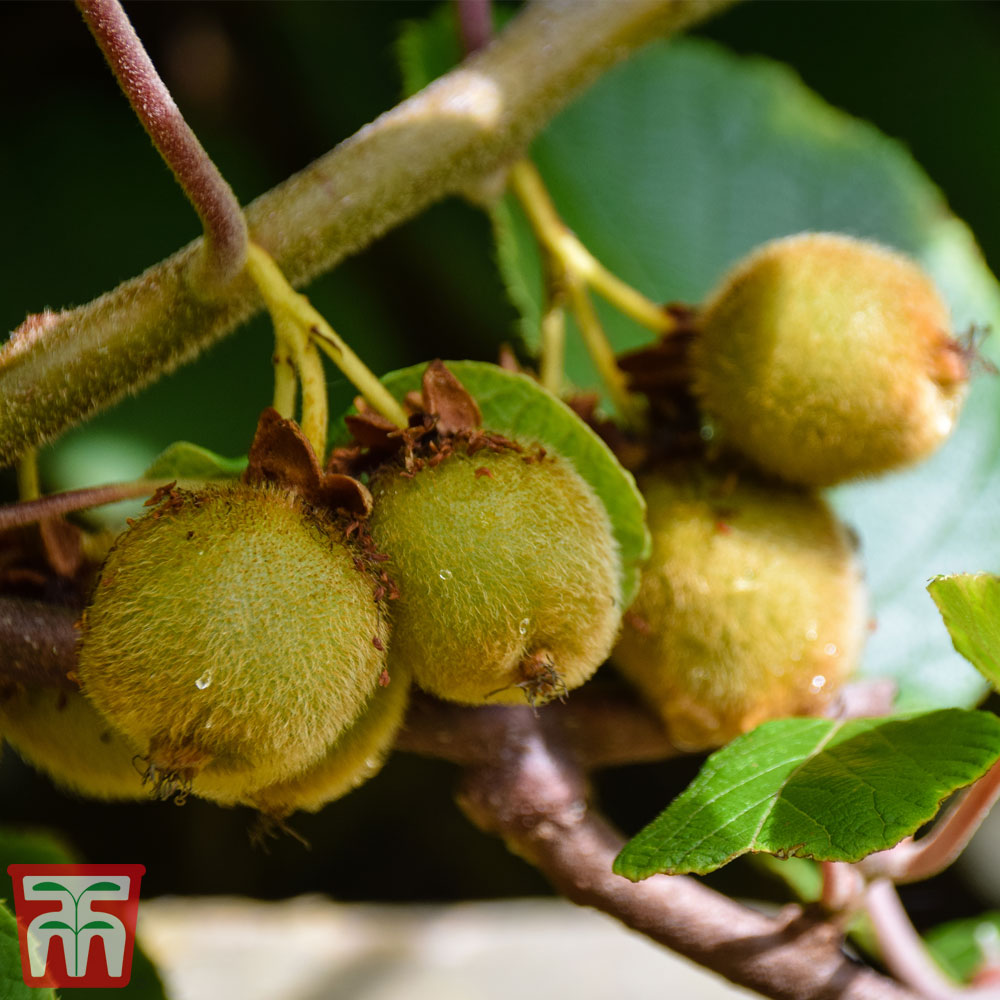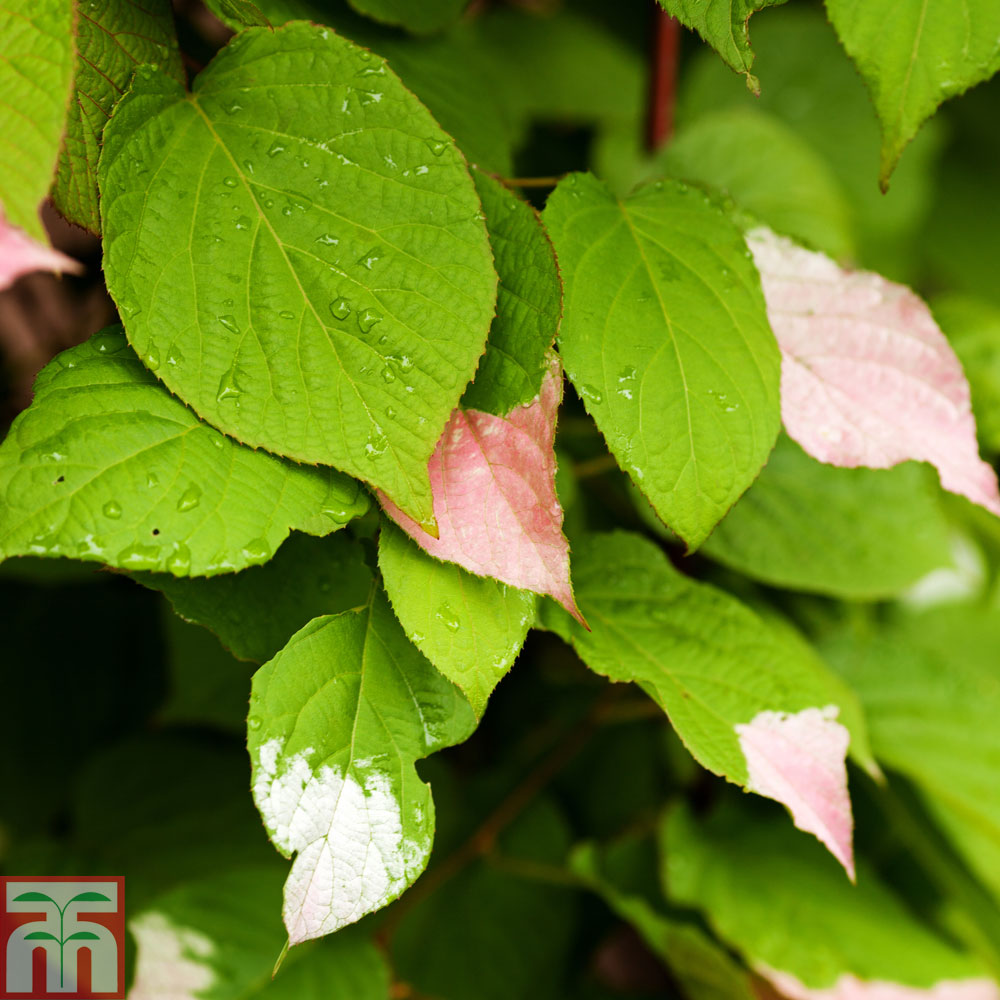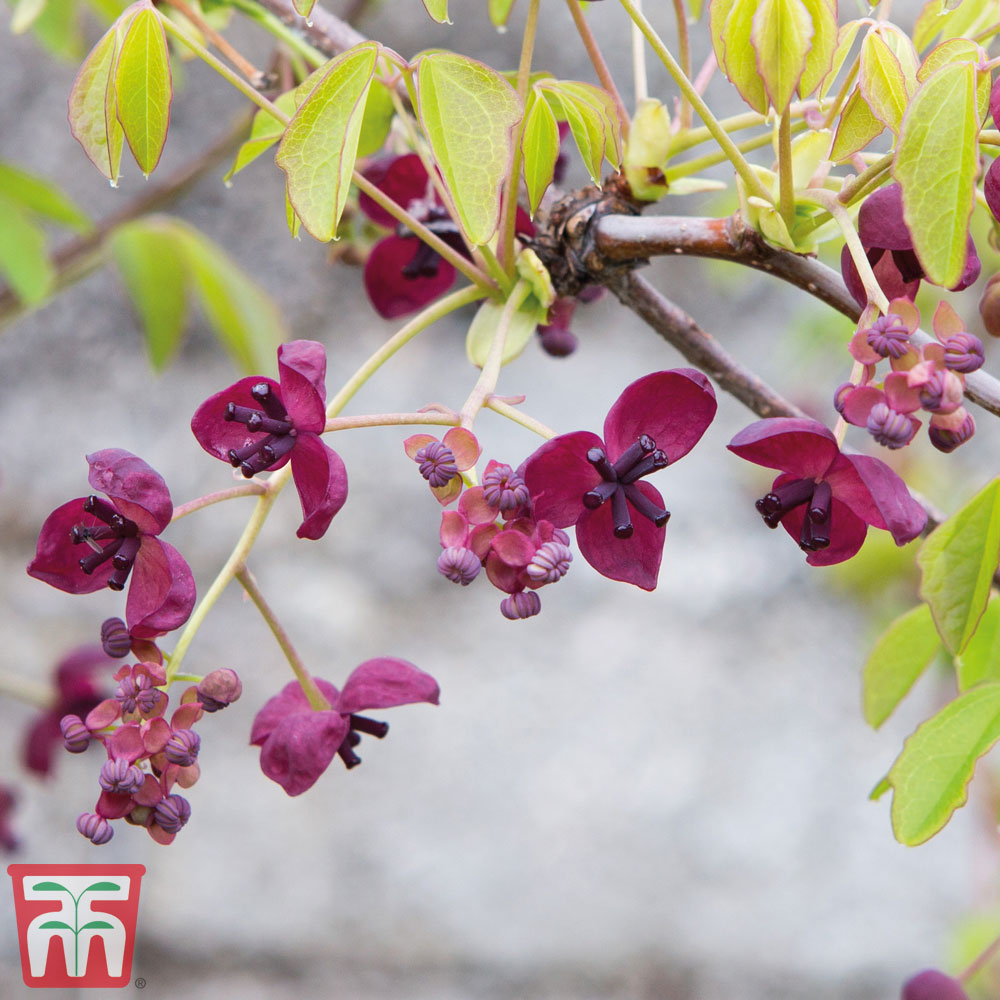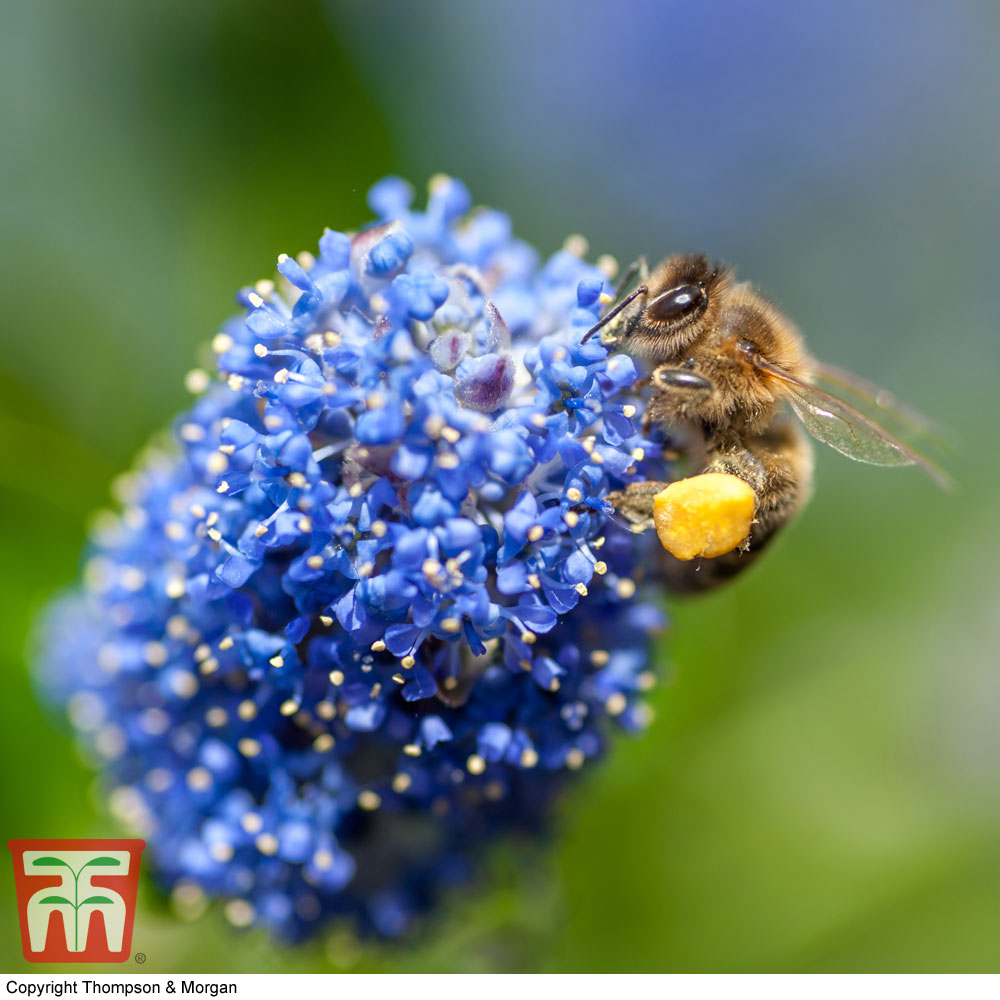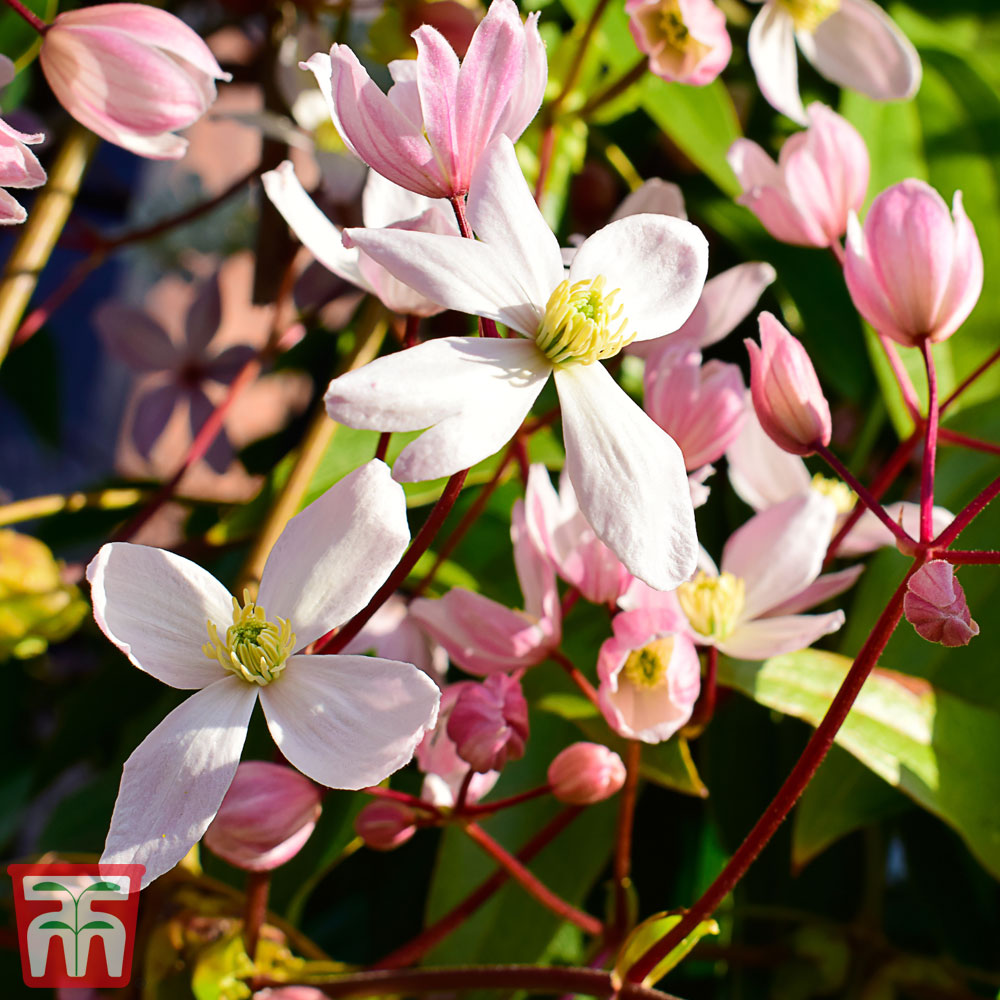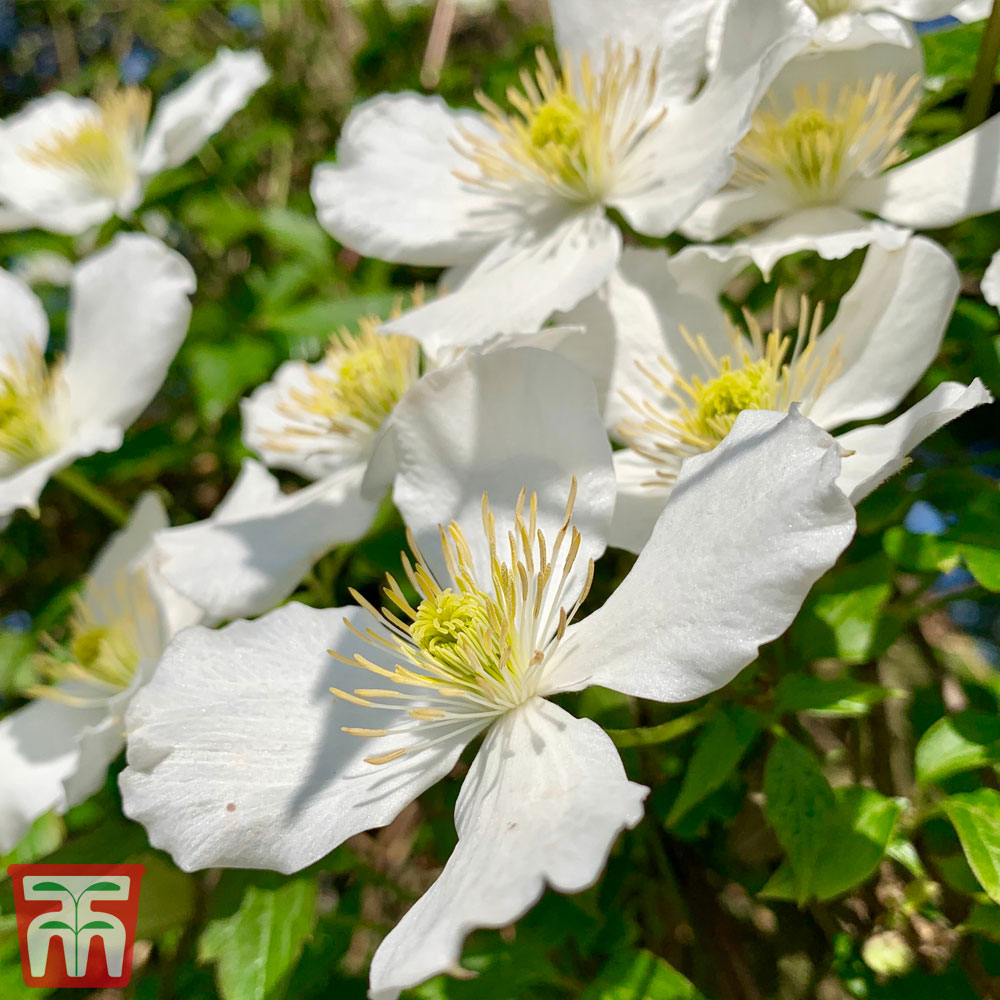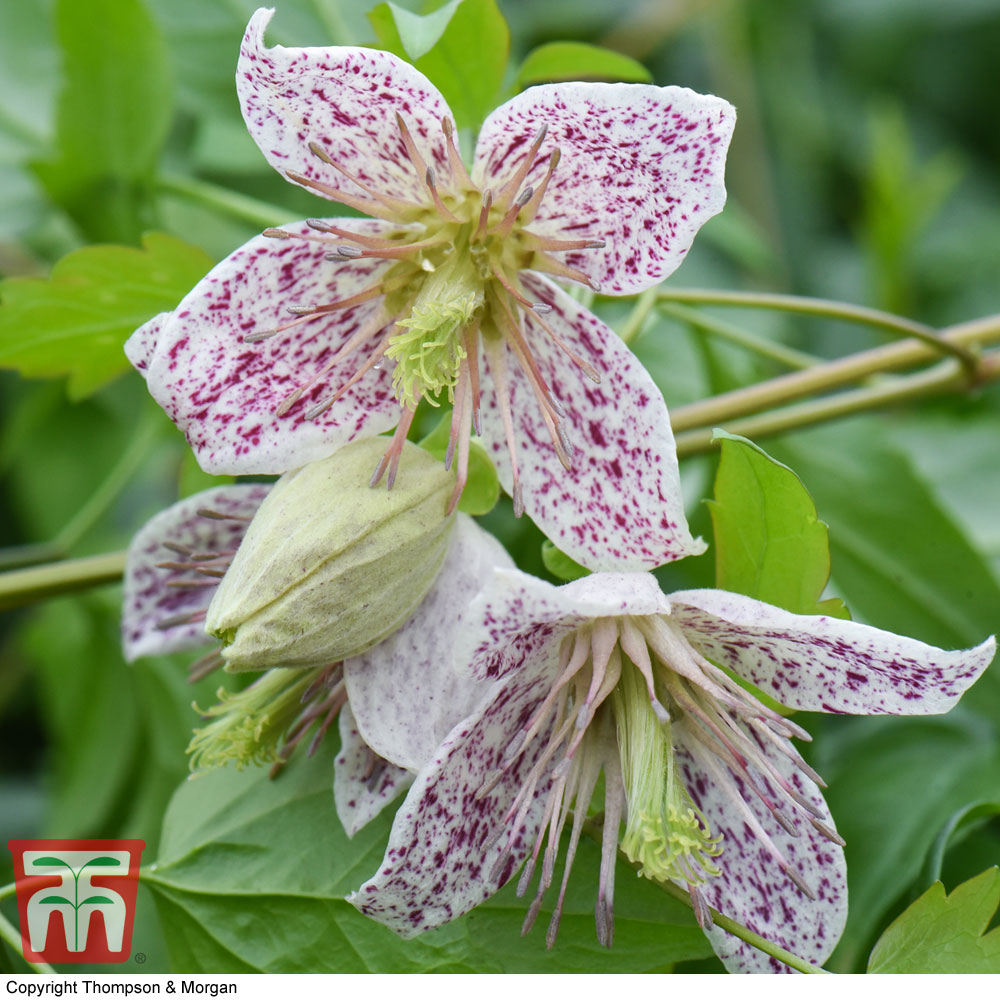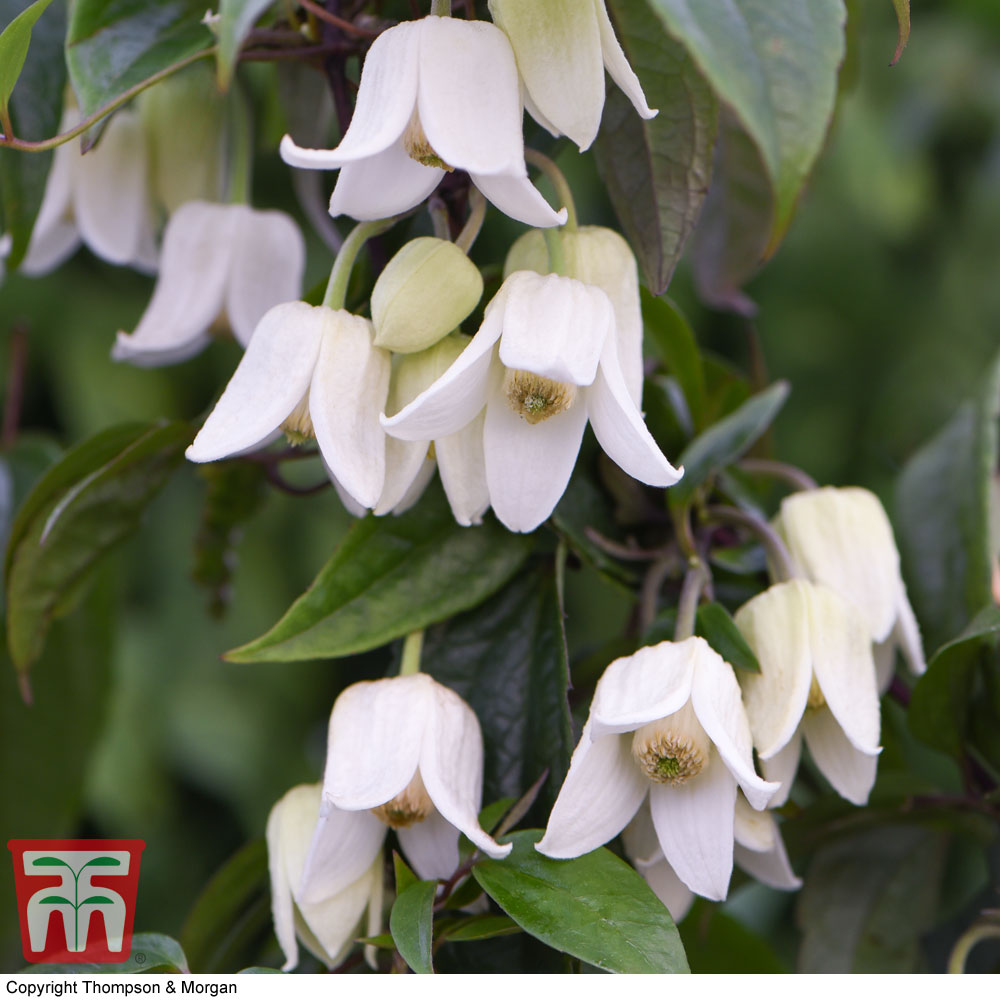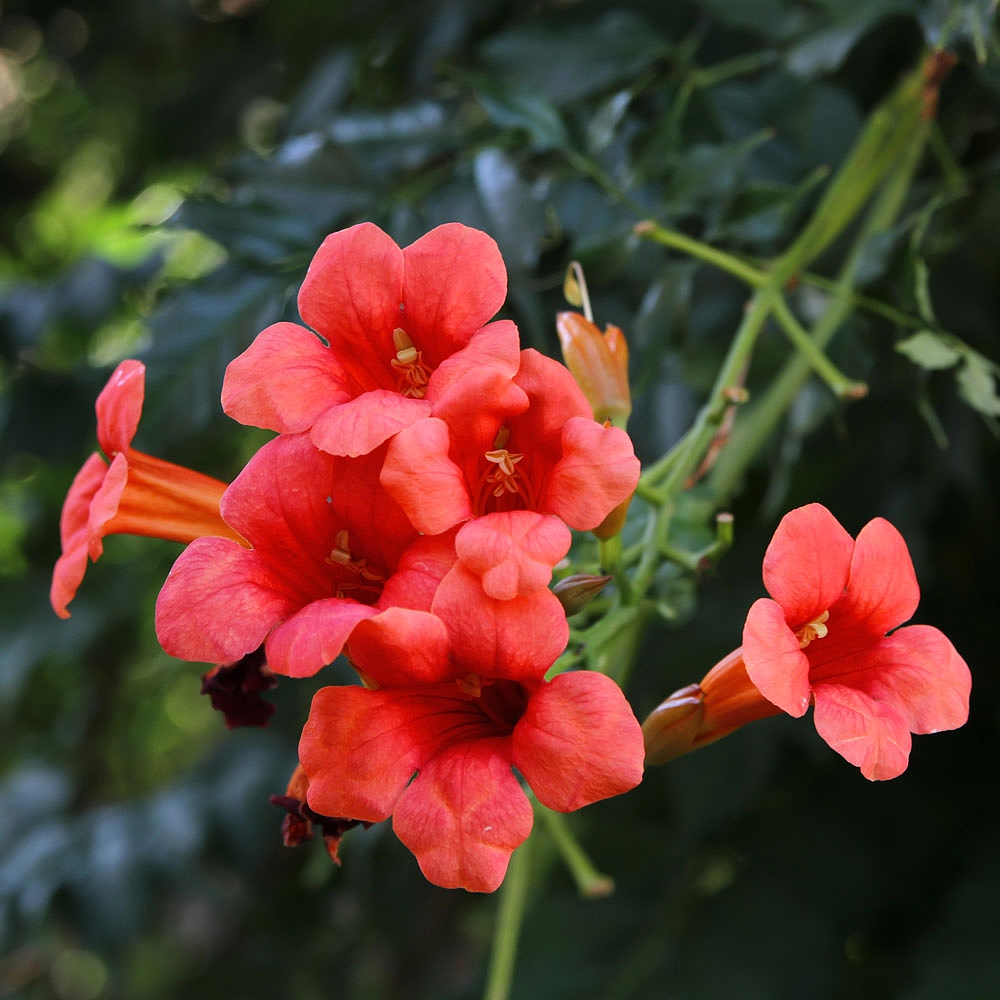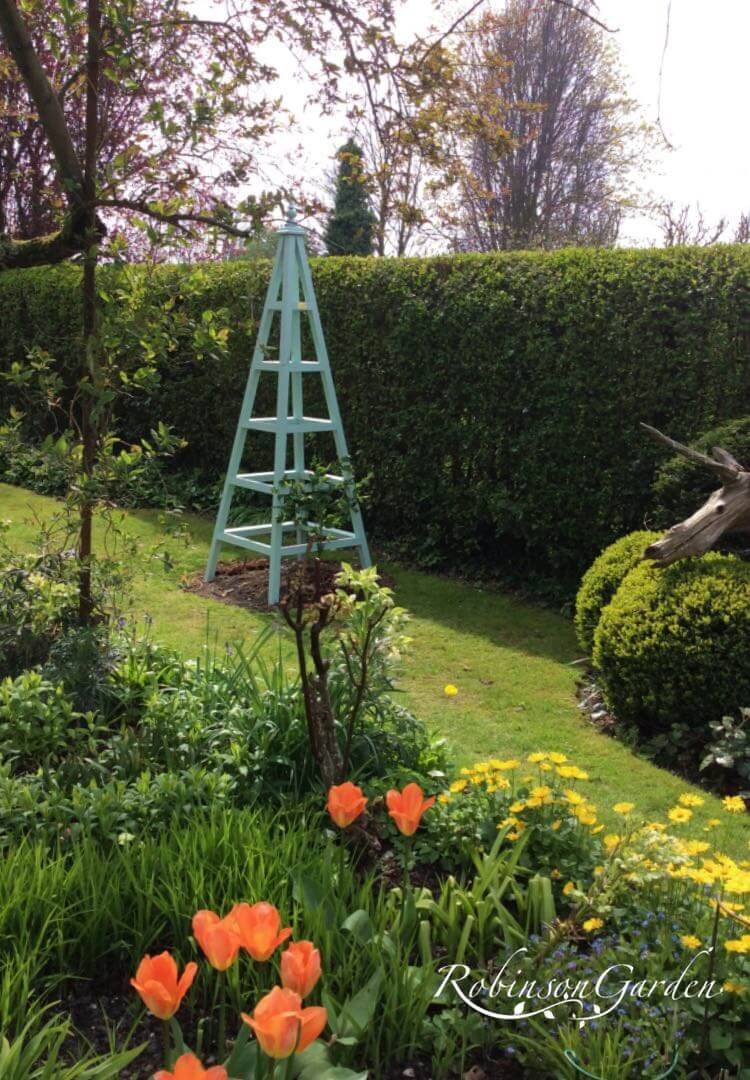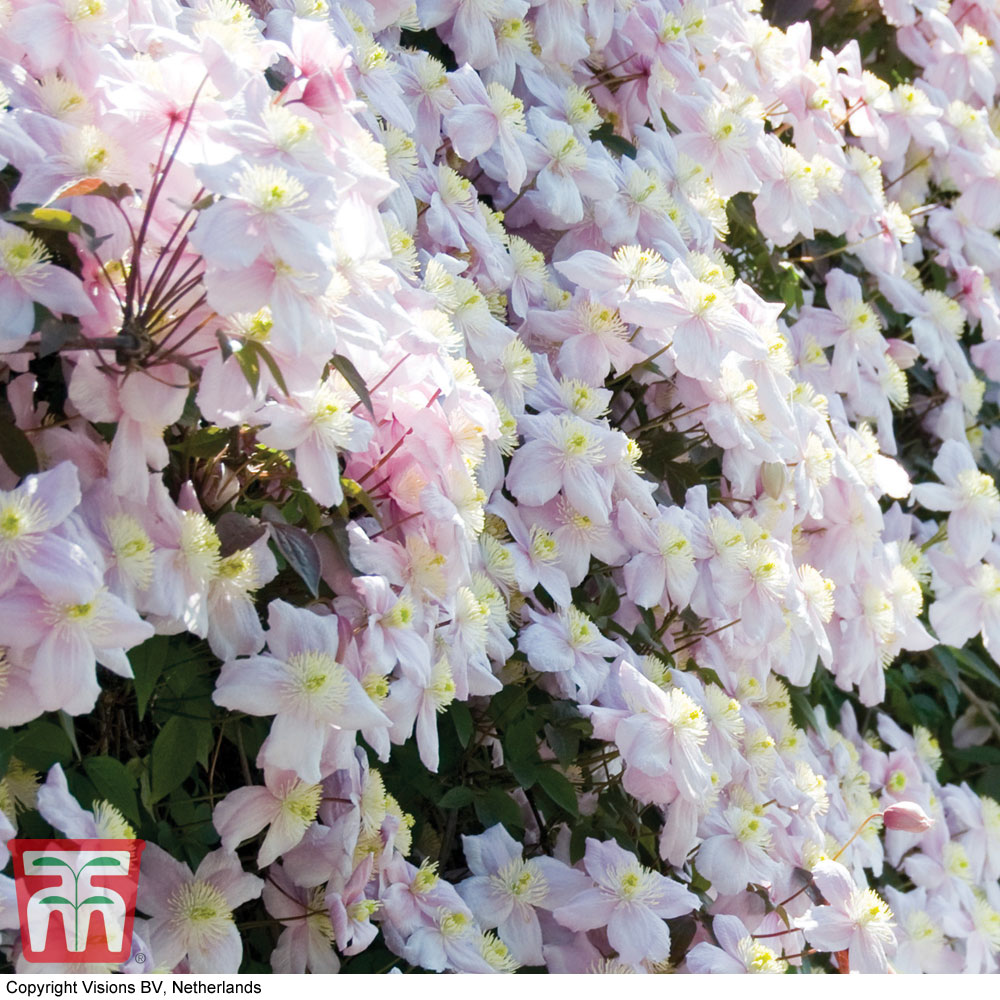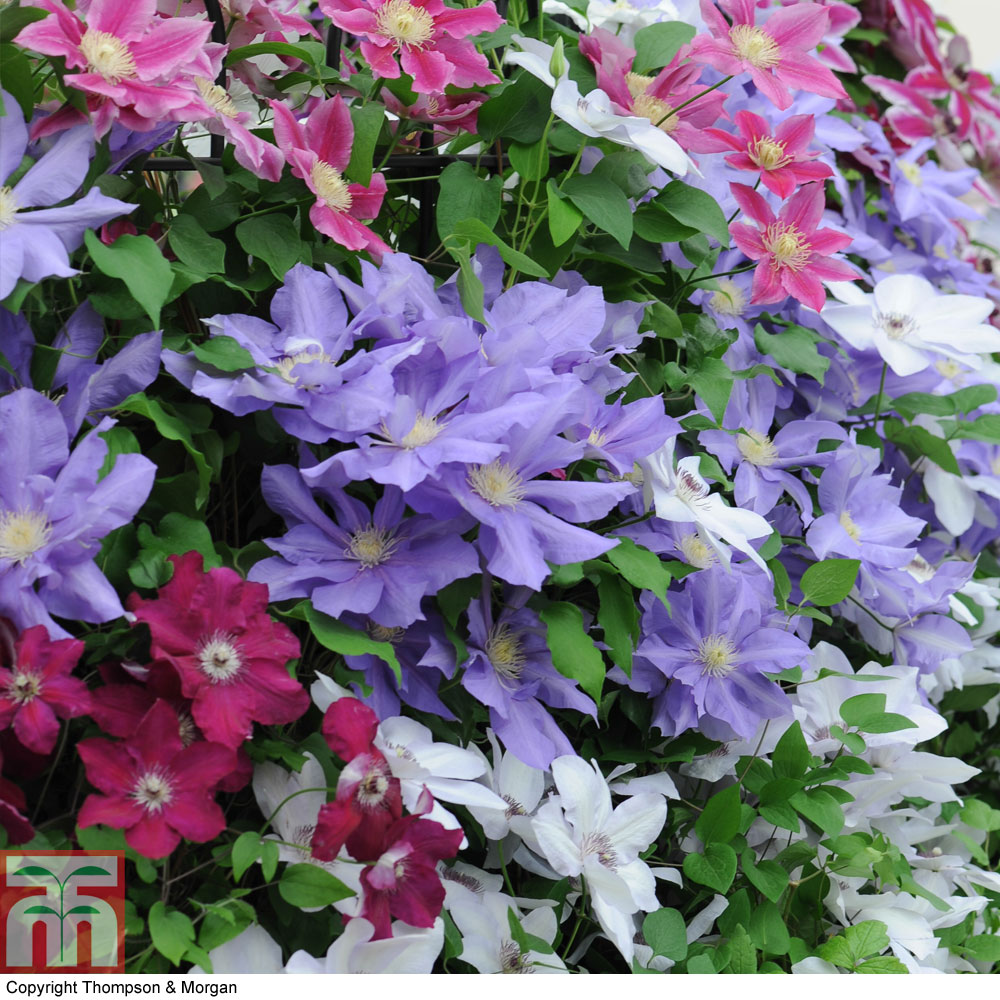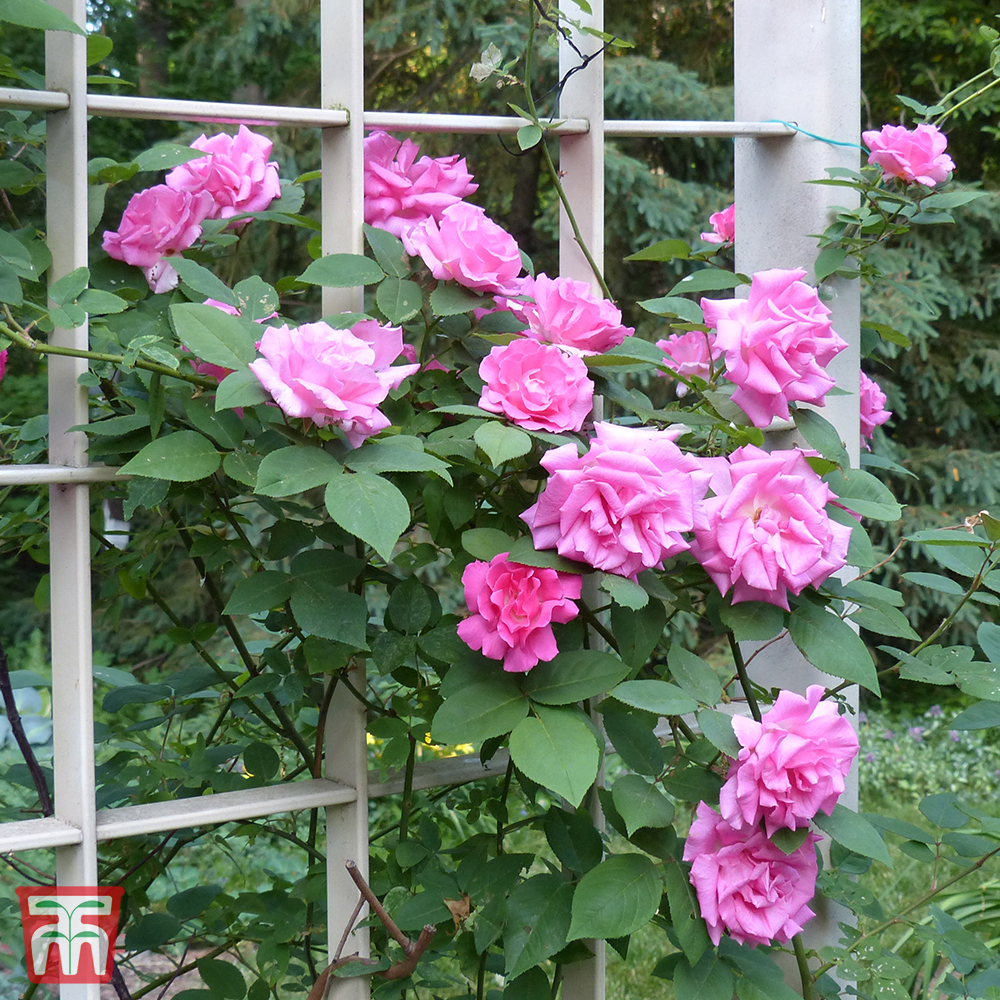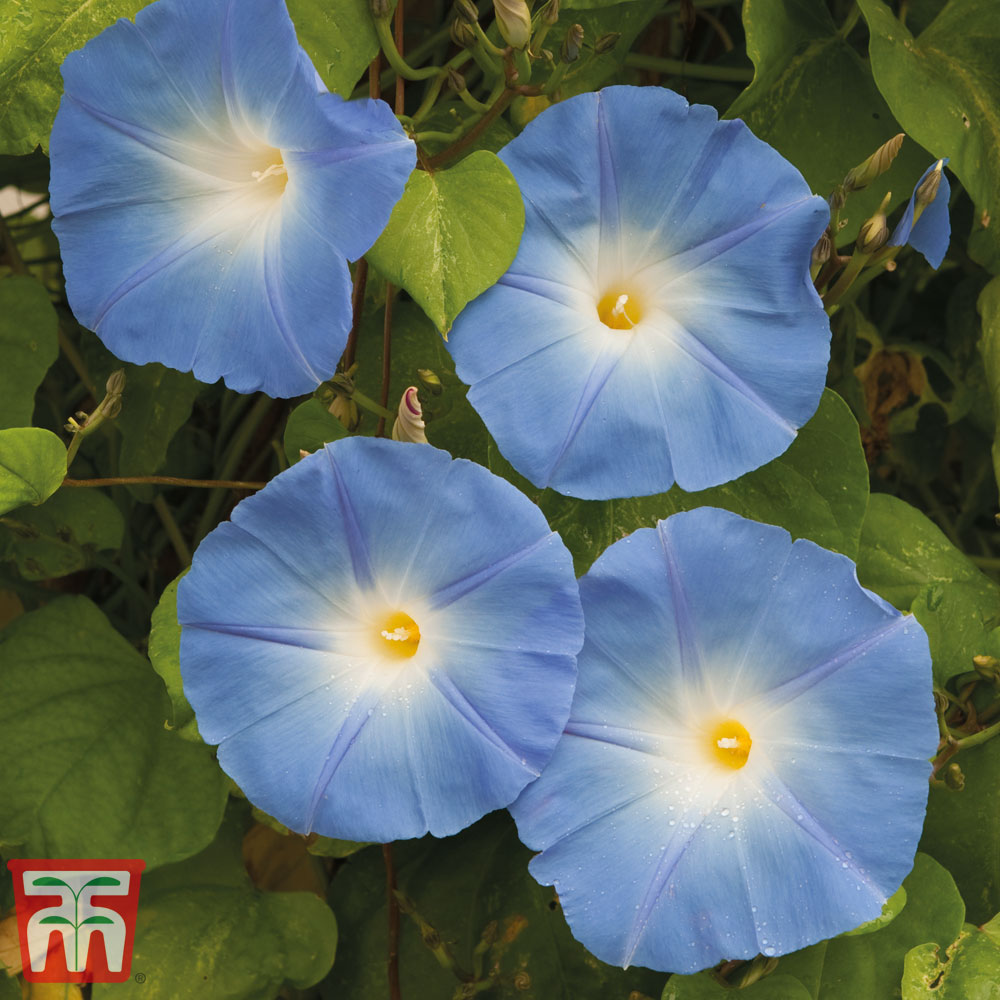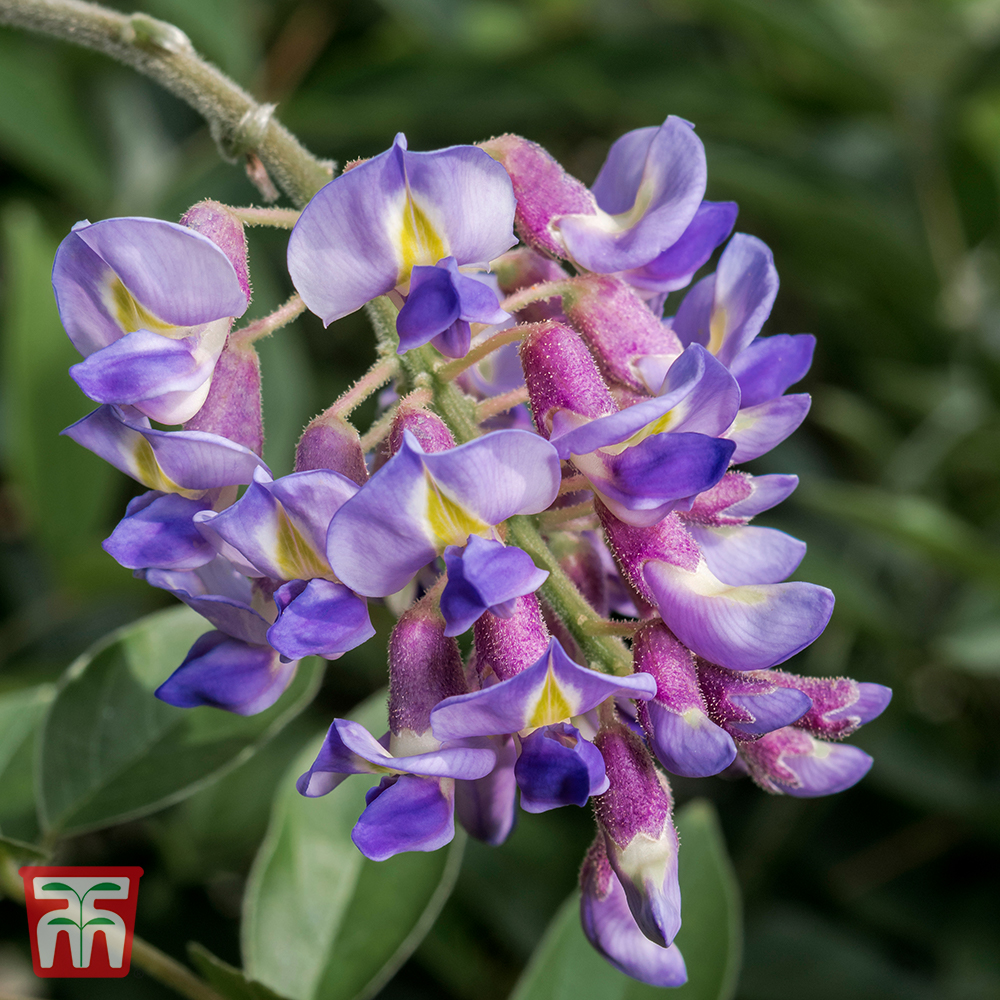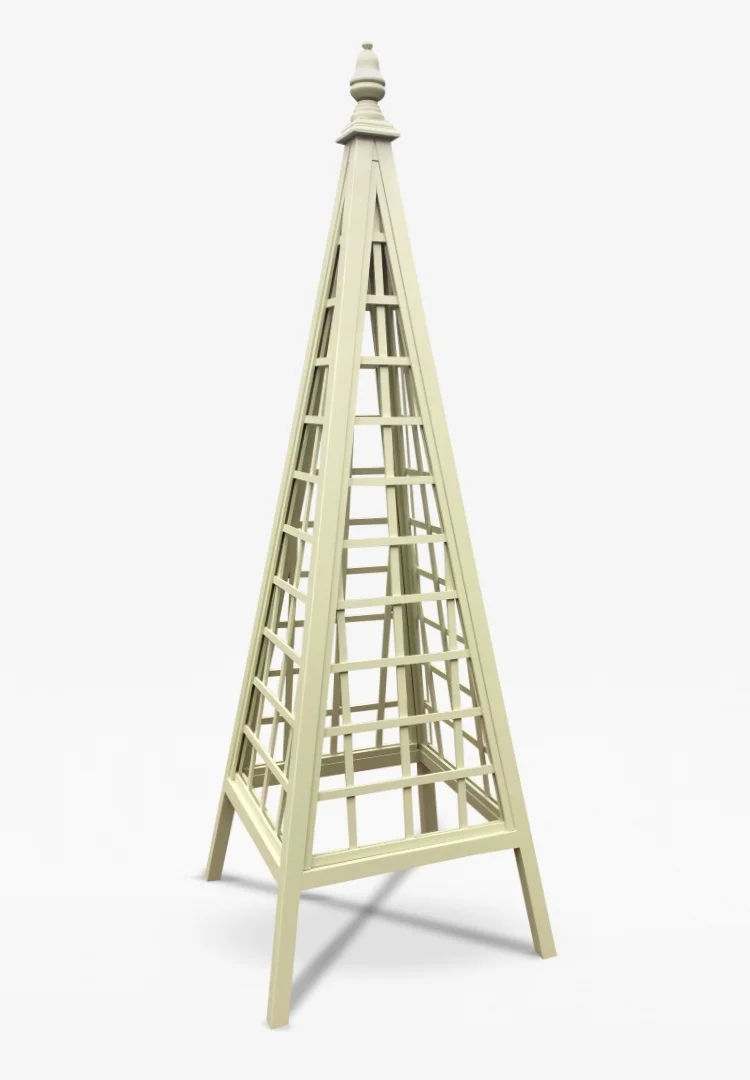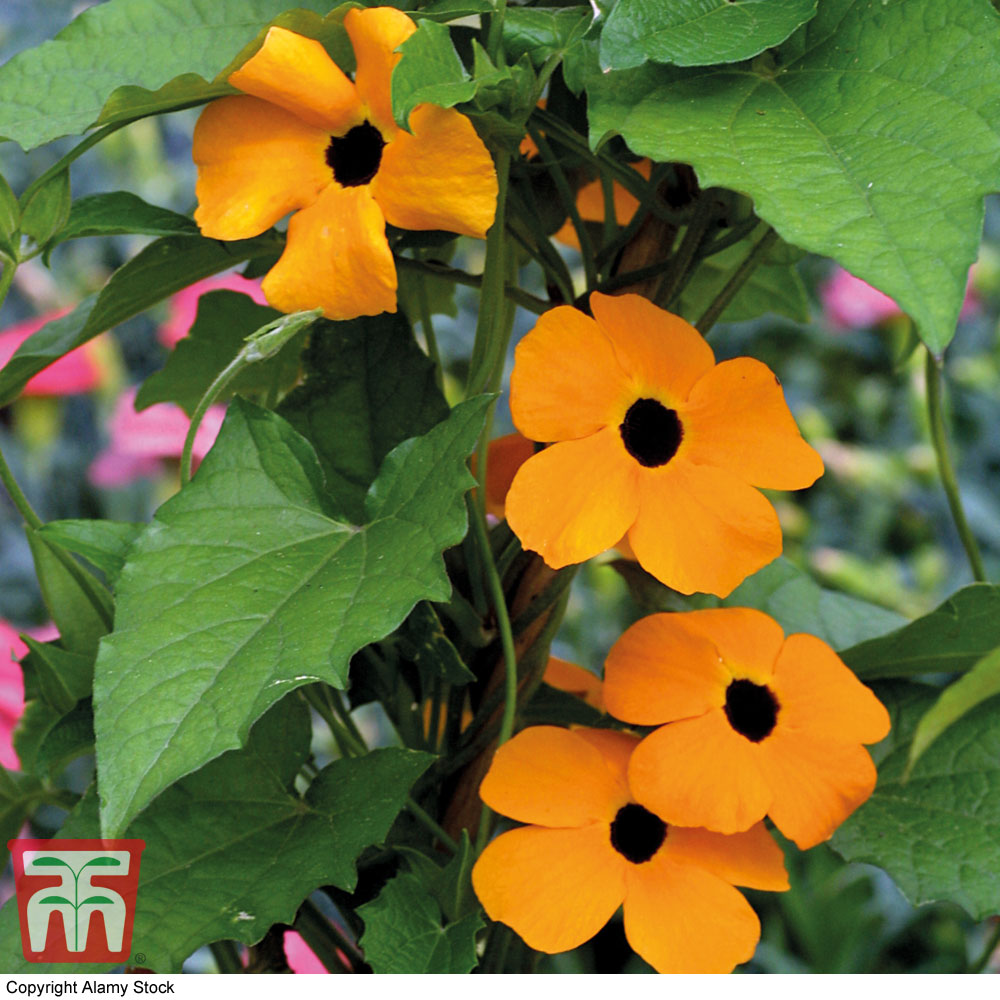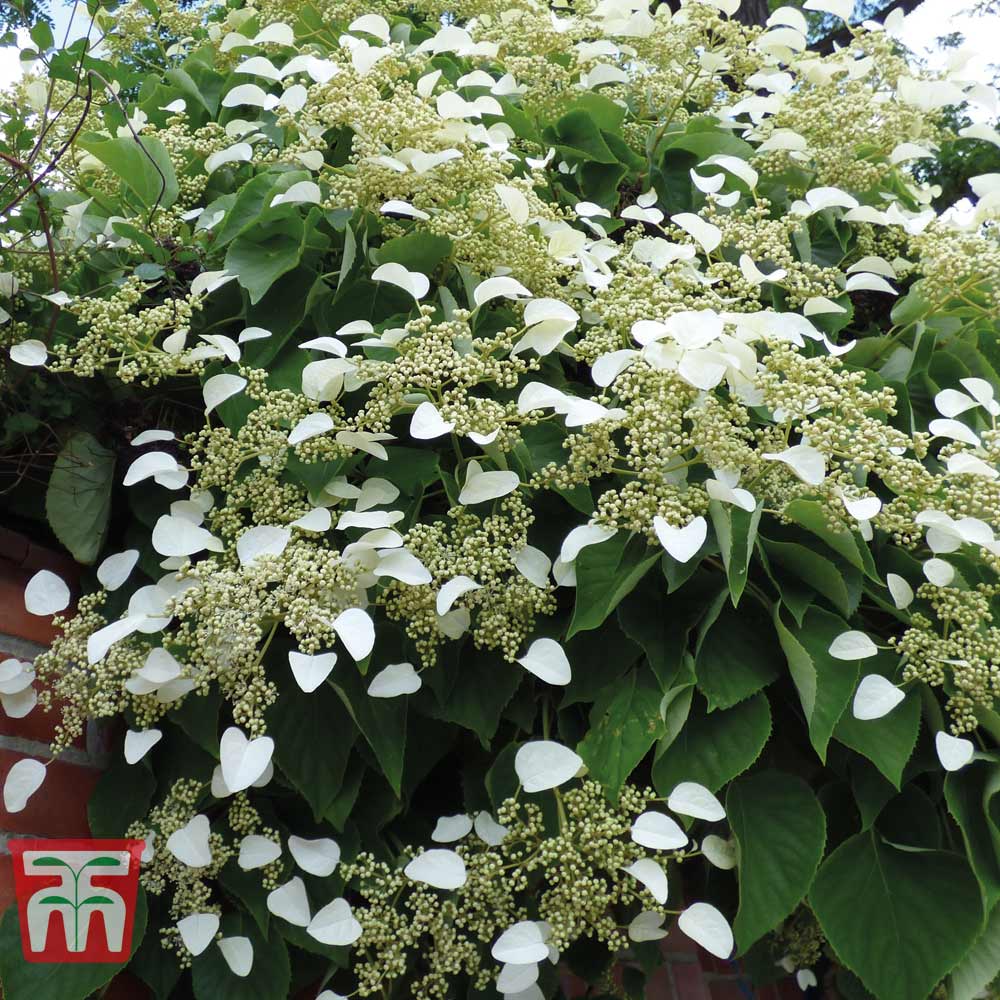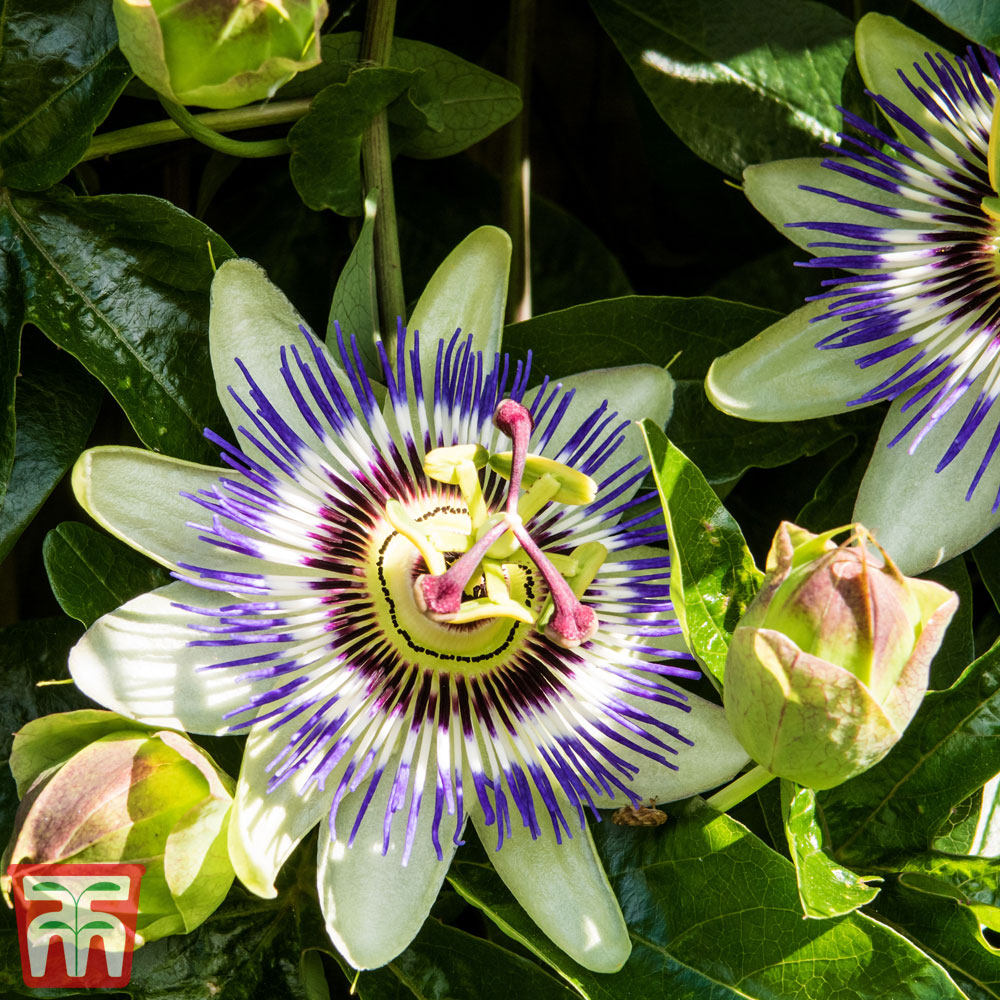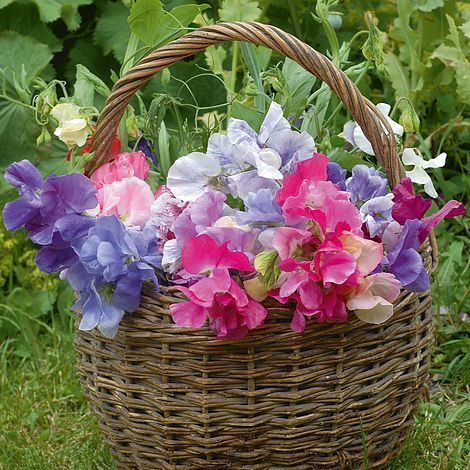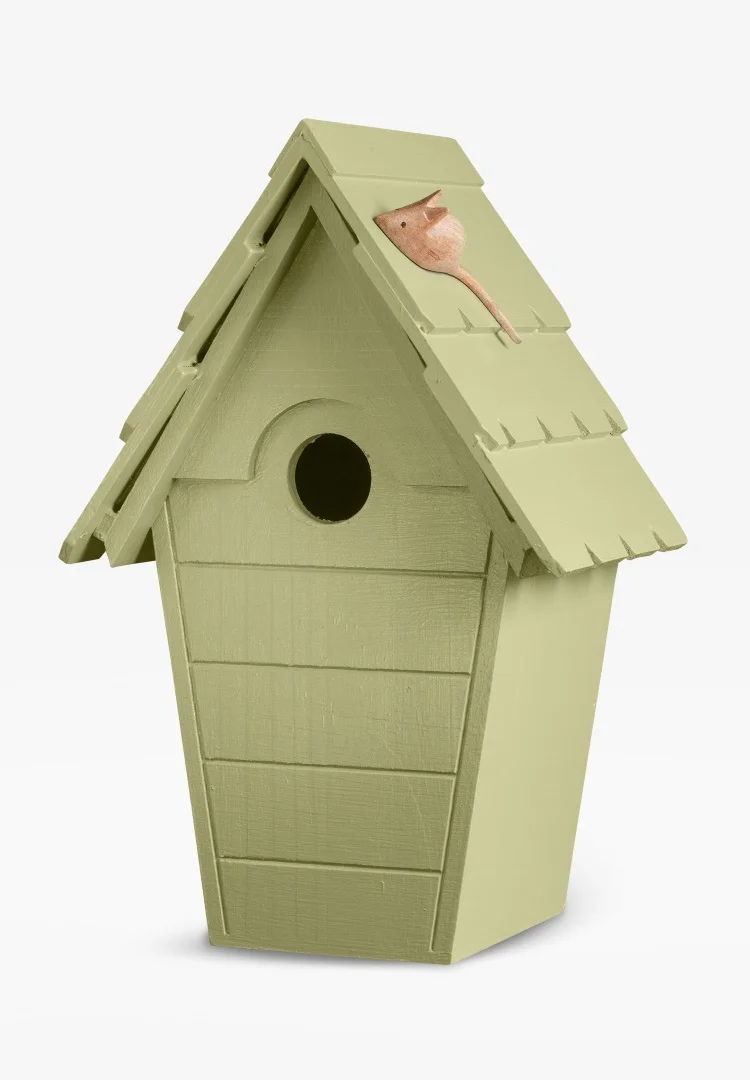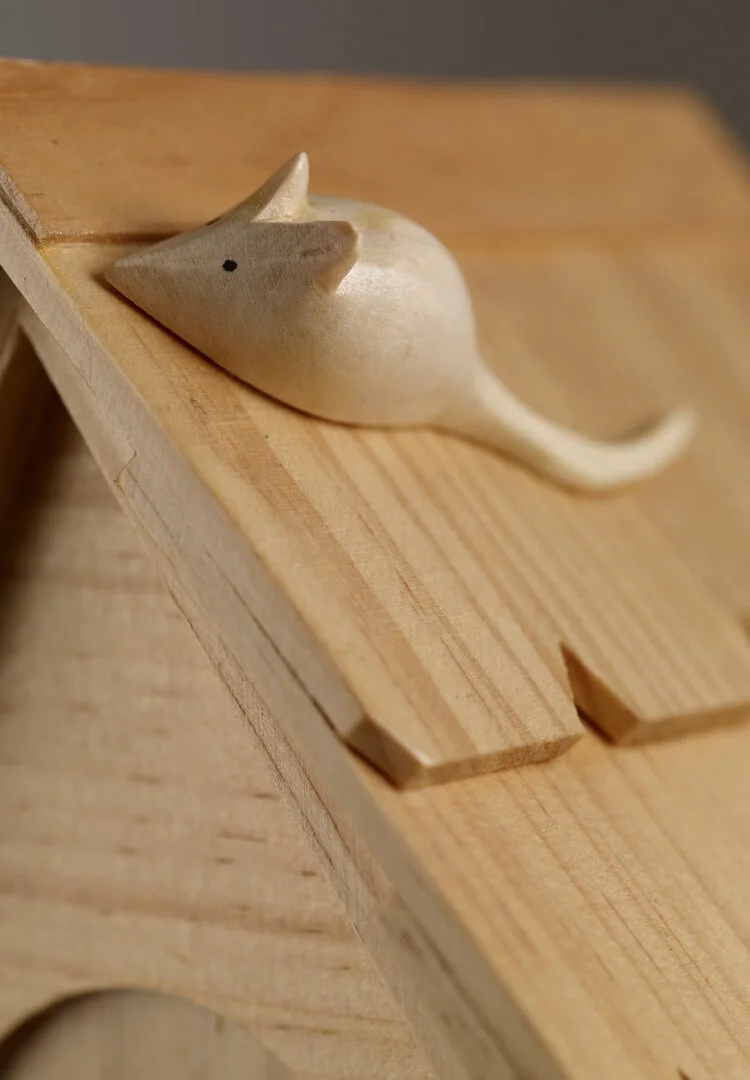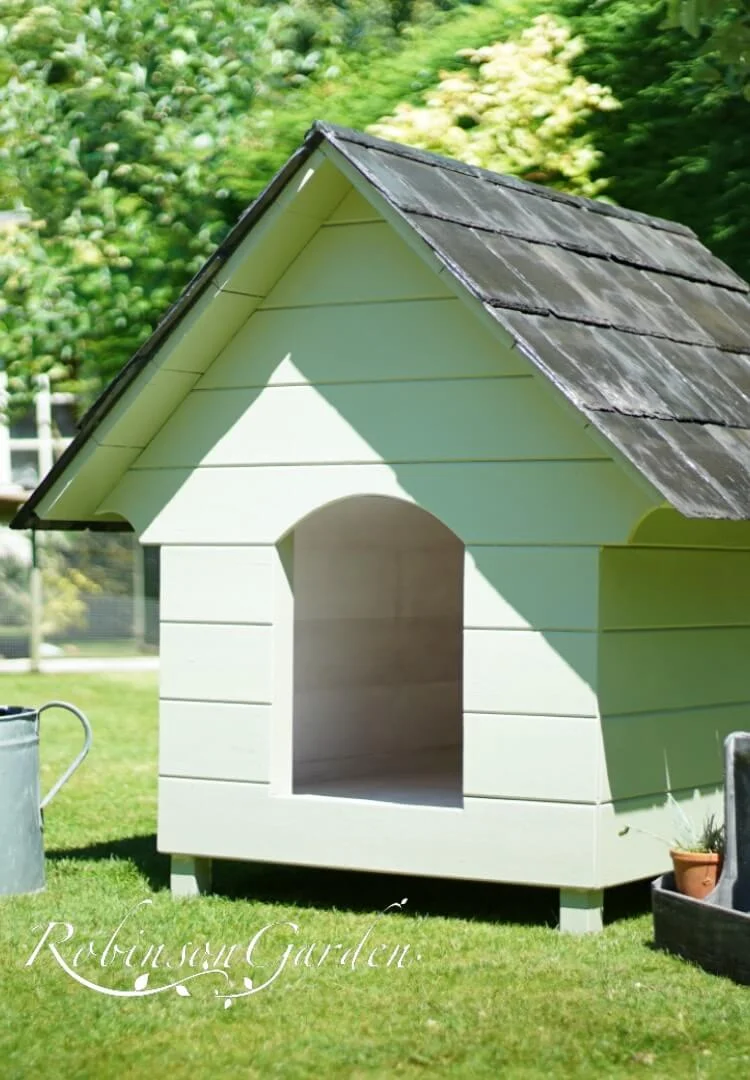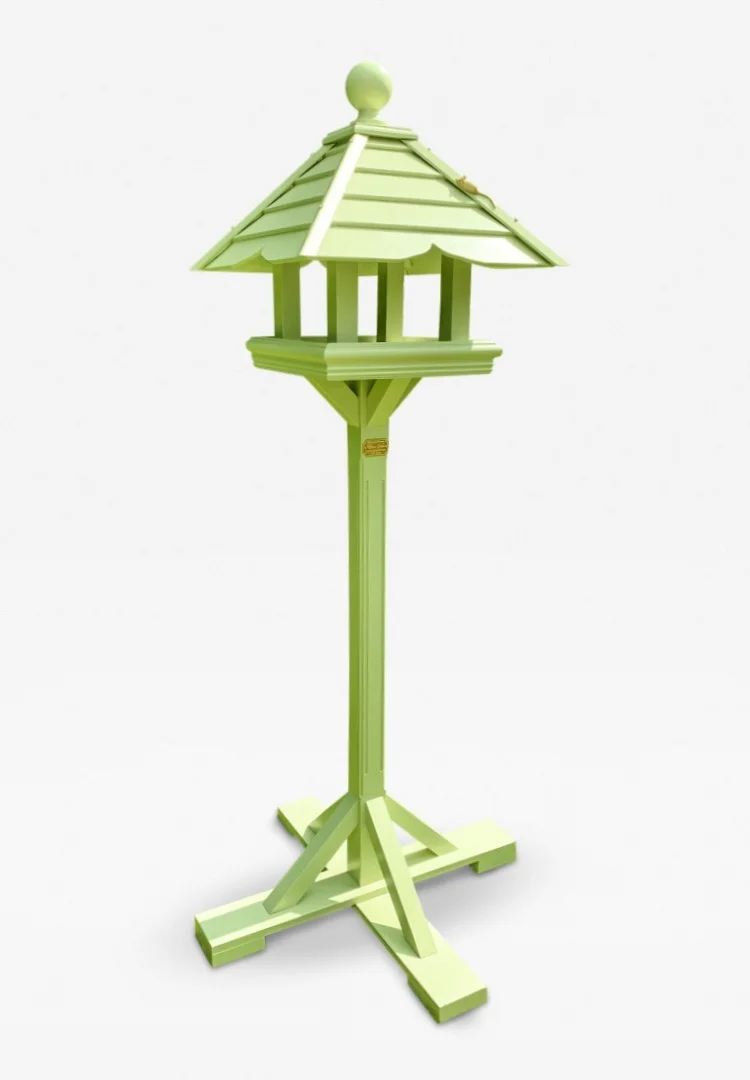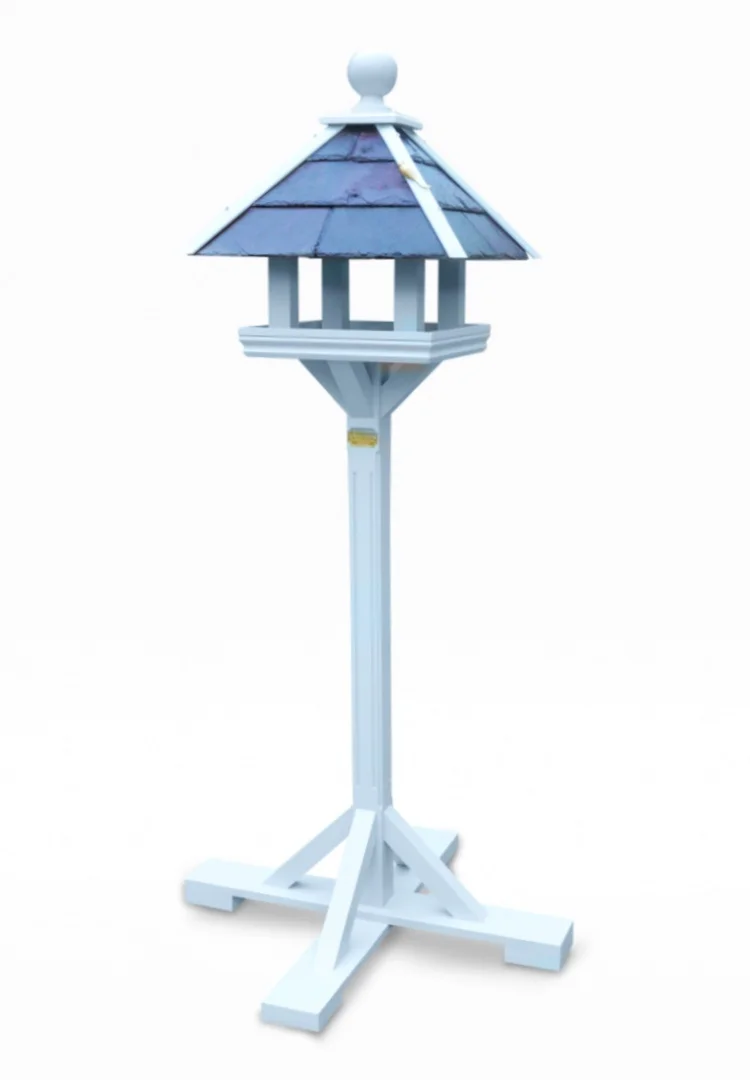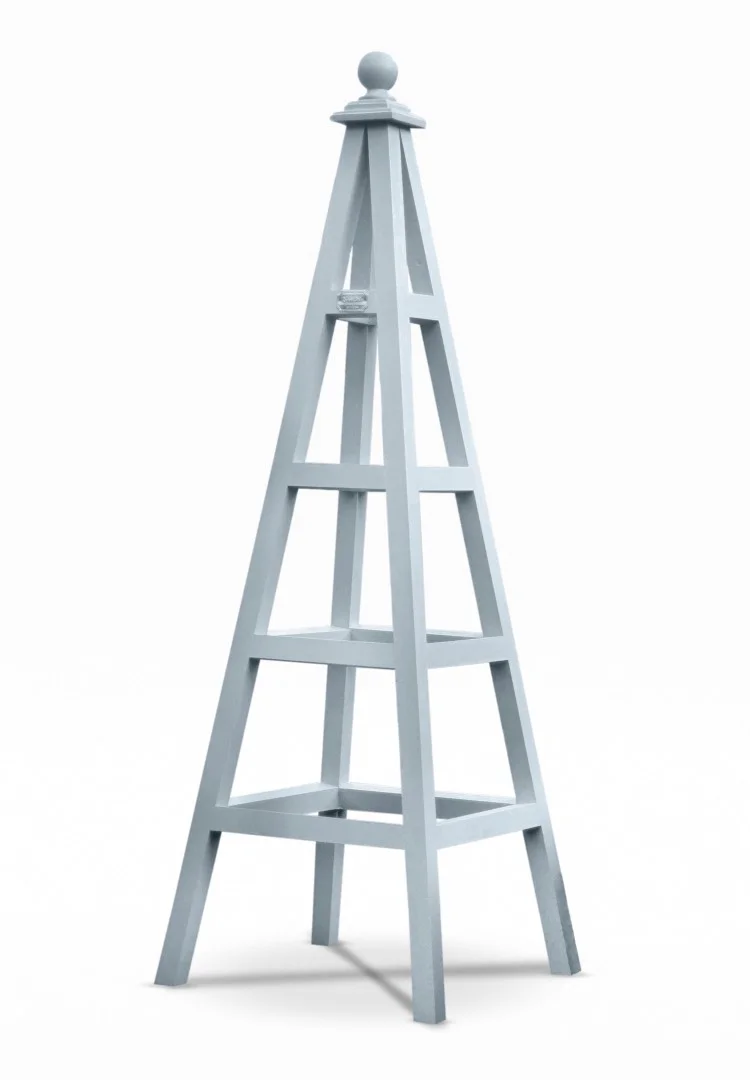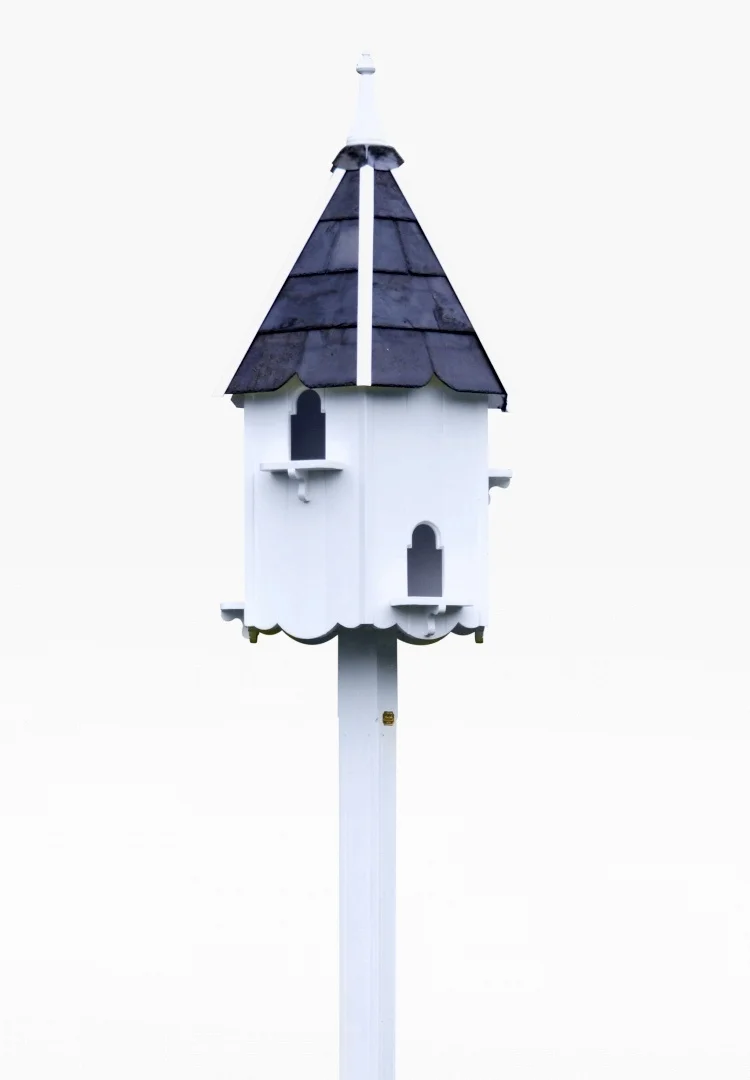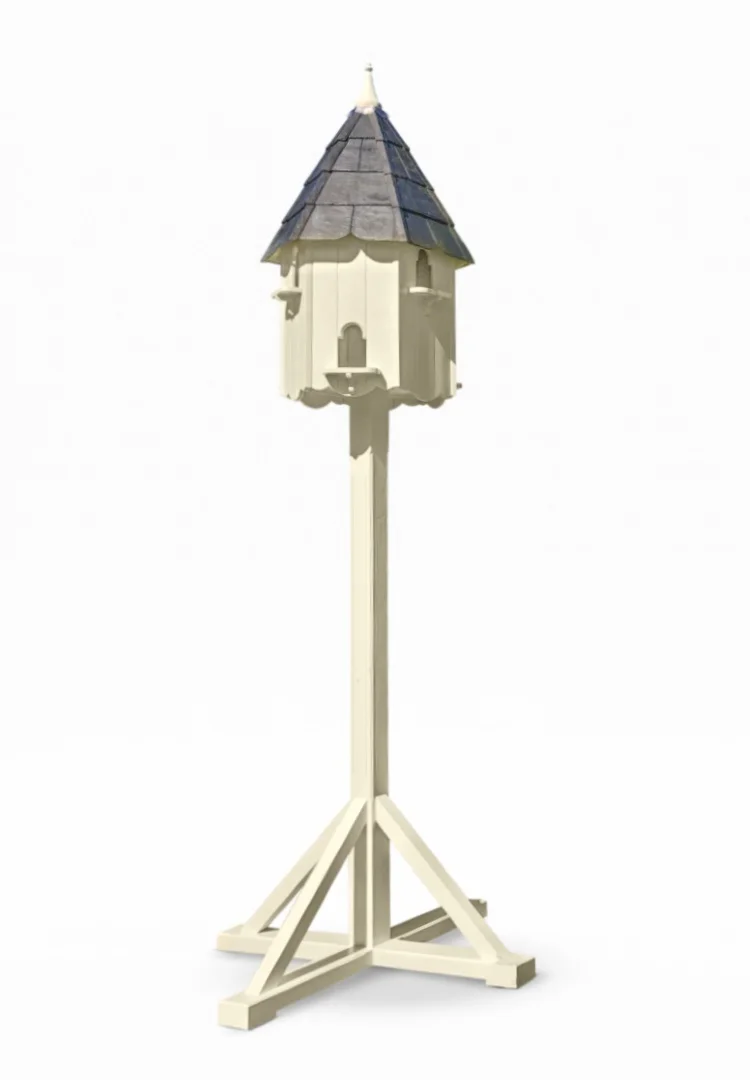Thank you for taking the time to read our article on what we think are the best climbing plants for your wooden garden obelisk.
When we launched our range of bespoke wooden garden obelisks. we were regularly asked by our clients about ideal plants—specifically climbing plants that would be most suited for our bespoke wooden garden obelisks.
Climbing plants that would be able to fully take advantage of the height of an obelisk or trellis creating a natural structure in your garden.
We have taken the time to create a quick and top 24 of our favourite climbing plants that are suitable for most locations and are relatively low maintenance. We hope that you find this useful and if you have any suggestions, please feel free to contact us.
All of our bespoke wooden garden obelisks are handcrafted individually in our Lincolnshire workshop using the highest quality materials.
We have a choice of traditional obelisk wooden platforms (Windsor Wooden Obelisk) or trellis (Buckingham Wooden Obelisk).
All of our obelisks are hand-delivered by our in-house team to ensure your obelisks reach you safely. To make the process simple, all of our obelisks are hand-delivered, fully assembled, ready to use and packaging-free!
Be sure to check them out via our online store or gallery page.
Wooden Obelisk - FAQs
The best plants to grow up a wooden obelisk are any that you want to be able to climb.
A lot of people think that climbing plants will make the structure wobble, but this isn’t the case. The plants’ roots actually help stabilize it, so if you want something tall and sturdy, choose an evergreen shrub like boxwood or holly.
But if you’re looking for something with more variety, there are plenty of flowering perennials that can be grown up your obelisk. Try clematis, climbing roses, or even ivy—just make sure you choose one that can be trained to climb up the sides of your obelisk!
If you’re thinking of growing plants up a wooden obelisk, you might be wondering what plants would work best.
The answer is: just about anything!
In fact, some of the most popular plants for this purpose are the ones that are native to your area. This means they don’t require special care or maintenance from you—they’ll do their thing and thrive on their own.
If you want to plant something other than native plants, though, it’s easy to find great options online or at your local nursery. Just look for plants with a similar growing environment as your wooded area: pH level, sunlight requirements, and so forth.
You can grow clematis up a wooden obelisk!
We’ve got two tips for you:
1) Make sure you choose the right type of clematis. The best type to grow up an obelisk is one that has a fairly long stem, and is able to climb without needing much help from you. You’ll also want to look for varieties that have flowers on new growth—otherwise, you’re going to get really tall stems with no flowers.
2) Choose a wood that’s compatible with your plant. If you’re using a wooden obelisk made from cedar or another softwood, make sure that the wood isn’t treated in any way—you don’t want it to leach chemicals into your plants. All Robinson Garden Obelisks are hand-painted so there are no worries with this happening with our beautiful bespoke wooden obelisks.
24. Aconitum Hemsleyanum (Climbing Monk’s Hood)
Aconitum hemsleyanum, also known as the Climbing Monk’s Hood, is a perennial plant native to China. It is a member of the buttercup family, which includes Ranunculus and Rheum, and it typically grows to be approximately 2 feet tall. The flowers are white with tinged with blue or purple, and they grow in clusters of three or four at the top of the stalk.
The roots, leaves and berries (which are actually red) of this plant contain aconitine. Aconitine is a neurotoxin that can be fatal if ingested by humans or animals in sufficient quantities—even a single leaf can cause death in small children!
A slender climbing plant with twining stems. Flowers from July to August produce clusters of dark blue/violet flowers. Prefers full sun to partial shade, making it preferable for north and east-facing areas.
The Climbing Monk’s Hood prefers well-drained and moist soil. Hardy plants can get up to heights of 250 cm and spread up to roughly 100 cm. Plant seeds from March to May.
23. Actinidia deliciosa (Kiwifruit)
Kiwifruit is a vine-like bush with glossy leaves and small, fragrant flowers. The fruit is round, green with a brownish tinge and tastes like a combination of strawberry and banana. Kiwifruit is rich in antioxidants, vitamins and minerals.
This tropical plant is native to China, where it has been cultivated for centuries. It is a small, woody vine that produces small, round fruits that are green when unripe and turn yellow or orange when ripe. Kiwifruit is high in vitamin C and fibre and contains more potassium than bananas.
Kiwifruit needs full sun and rich soil to thrive. They should be planted in spring or fall—do not plant them in summer heat or cold winter weather. Kiwifruit needs regular watering throughout the growing season, especially when they are young.
When planting kiwifruit, make sure that the soil is well drained and rich in organic matter such as compost or manure. Space plants about 2 feet apart from one another keep them evenly watered while they are growing; this will help them produce fruit more quickly. When harvesting kiwifruit, cut off the entire stem at its base rather than pulling it out of the ground; this will prevent the disease from spreading throughout your plantings.
This climber has attractive foliage but requires full sun to bring out the full colour of the foliage. Actinidia deliciosa prefers well-drained and moist soil. Hardy plant that can get up to heights of 800 cm – 1200 cm and spread between 250 cm – 400 cm.
22. Actinidia kolomikta
The Actinidia kolomikta is a hardy plant that can withstand cold temperatures and dry summers. It is a great choice for a garden in the UK, as it will grow well in most soil types and has no pests or diseases. It produces tasty fruit which can be eaten fresh or used in recipes.
Actinidia kolomikta is a deciduous shrub that grows up to 4m tall. It has attractive, glossy foliage and produces masses of white flowers in the spring. This plant prefers well-drained soil, full sun and an open position.
It is fairly hardy and drought tolerant but will benefit from some water during dry periods.
The vine can climb up to 20 feet high if allowed to grow freely on supports such as fences or walls, but it will also spread out on its own if given enough room to grow horizontally across the ground.
In order to care for an Actinidia kolomikta, you should provide it with plenty of water during the growing season and make sure that it gets enough sunlight. You should also keep the soil moist but not too wet: if you see that it is becoming too dry, spray some water on top so that it sinks into the ground evenly rather than running off quickly.
21. Akebia quinata (Chocolate Vine)
Akebia quinata is a fantastic, fast-growing vine that is great for covering fences or walls. It will grow to 4 metres (13 feet) in height and width, so it can cover large areas very quickly. Akebia quinata has shiny, dark green leaves and clusters of small white flowers that bloom in spring followed by berries that turn a deep purple-black colour when ripe, hence its other common name of Chocolate Vine. The berries are edible but not particularly tasty, so we recommend leaving them on the plant until they are completely black before harvesting them off for use.
The best time to plant Akebia quinata is from February through April when the soil is warm enough for planting but not too wet yet either.
It requires partial shade and moist soil in order to thrive. It can be grown indoors or out, but it’s best to plant it outdoors if you’re hoping for fruit production (which will take place in late summer).
Once established, it will need very little care apart from watering during dry spells and cutting back any dead wood at ground level annually after flowering has finished (usually around September).
20. Ceanothus (Californian Lilac)
Ceanothus (Californian Lilac) is a perennial shrub that is native to California and produces beautiful purple flowers in early spring. It’s known as an evergreen shrub, meaning it keeps its leaves year-round.
If you’re growing Ceanothus in the UK, it’s important to keep in mind that temperatures can get quite cold here during the winter months (between November and March). During this time, your plant can lose its leaves but will grow new ones come springtime. If you’ve never seen the plant lose its leaves before, don’t worry—it’s perfectly normal!
If you have a container garden or grow your plants in the ground, make sure they’re placed in full sun during the summer months (June through September). This will allow them to grow their biggest and healthiest. In addition, keep your soil moist by watering regularly throughout these months.
19. Celastrus orbiculatus (Oriental Bittersweet)
If you’re looking for a plant that can withstand the UK’s cold and wet weather, this is it. Oriental Bittersweet is a tough little plant that likes to grow in partial shade and can handle most soil conditions. It does best in moist soil and cool temperatures, so it’s not a good choice for sunny areas or hot summers.
This vine grows up to 10 feet long, producing small green leaves that are followed by clusters of small white flowers. The leaves turn yellow or orange in fall before falling off, leaving the bare stems until spring when new growth appears. The vines are covered with shiny twigs that help them cling to supports like trees or fences as they climb upwards.
In addition to watering regularly during dry spells, prune your Oriental Bittersweet back periodically throughout the season to encourage more vigorous growth near the base of your plant where new shoots are emerging at ground level (these will become future branches).
The berries are poisonous if eaten by humans or pets, but birds love them! They’re also used for dyeing yarns purple!)
18. Clematis alpine
Clematis alpine is a beautiful, hardy plant that can add a real splash of colour to your garden. It’s also one of the best plants for growing in the UK because it’s hardy and has so much to offer.
It’s an evergreen climber, which means it’ll look great year-round in your garden. It doesn’t need much maintenance, either—just water it once or twice a week and keep it away from direct sunlight during the hottest months of summer (roughly between June and August).
For best results, plant clematis alpine near a fence, wooden obelisks or wall so that it can climb up and get some support. You’ll need to water regularly during the growing season (May-October), but don’t overwater.
The flowers are white with purple streaks or spots on them. They’re very fragrant and attract bees like crazy!
If you’re looking for something fun and easy to grow, try out clematis alpine!
17. Clematis armandii
Clematis armandii is a beautiful and hardy plant that can be grown in the UK. It is a climbing plant and can grow up to 10 feet high if left unpruned. It prefers full sun or partial shade but will tolerate full shade. It is best grown in soil that is well drained and rich with organic matter such as compost. Clematis armandii flowers in late spring/early summer, with pink or white blooms that smell like honey. They are great for cutting and have a very long vase life, making them perfect for bouquets.
How to care for Clematis armandii
The best time to plant Clematis armandii is in early spring before they start growing. They should be planted at least 18 inches apart so they have enough room to spread out their roots as they grow upward toward sunlight. Water your plants regularly until they become established, then water only when the top inch of soil seems dry (this could be as little as once a week). The reason we don’t want to overwater our plants is that it makes them more susceptible to fungal diseases like powdery mildew.
16. Clematis Montana
Clematis Montana is a hardy climbing plant that will grace your garden with its fragrant blooms for years to come. In this article, we’ll give you all the information you need to make sure your Clematis Montana thrives.
How to care for Clematis Montana
The first step in caring for your Clematis Montana is to choose a location in your garden that gets plenty of direct sunlight. This will help it grow tall and strong. Next, make sure there’s a support structure nearby—a tree or wall will do nicely.
Once you’ve chosen where to put it, water your plant regularly and fertilize it once every two weeks with compost or manure tea. Watering once a week should also be sufficient if rain isn’t plentiful in your area (see below).
Finally, watch out for pests like slugs and snails! They love eating the roots of clematis plants and can destroy them quickly if left unchecked!
15. Clematis cirrhosa var. purpurascens ‘Freckles’
Clematis cirrhosa var. purpurascens ‘Freckles’ is a flowering vine that’s a great pick for your garden if you’re looking for something low-maintenance and easy to grow.
This variety of clematis will bloom in the summertime, with its violet flowers appearing on long stems that can reach up to 20 feet in height! It’s a hardy plant that grows best in full sun, so it’ll do well in most locations in the UK.
In addition to producing beautiful flowers, this variety of clematis is also known for its fragrant foliage. If you want to enjoy the scent of this plant without having to wait for it to flower, simply rub your fingers along its leaves—the scent should be strong enough for you to smell immediately!
14. Clematis urophylla ‘Winter Beauty’
Clematis urophylla ‘Winter Beauty’ is a deciduous climber with fragrant flowers that can be enjoyed throughout the year. This variety is a classic choice for those who love to grow plants from seed and are looking for an easy-to-grow plant that will provide years of enjoyment.
This variety is ideal for growing in full sun or partial shade, and it prefers well-drained soil that is rich in organic matter. It does not tolerate waterlogged soil, so if you have clay-based soil, it’s best to choose another plant.
The plant will grow quickly during its first year, reaching up to 2 meters high by early summer in its second year. If you want to keep it shorter, prune back the tips when they reach the desired height. You can also trim back the side shoots if you want to create more space between them or allow more light through them during the growing season.
13. Jewel of Africa Nasturtium
Jewel of Africa Nasturtium is a lovely large-leafed plant that is very easy to care for. It has pretty flowers and nice green leaves, making it a great addition to any garden.
Jewel of Africa Nasturtium requires full sun and well-drained soil. It can be planted in spring or fall but must be placed where it will receive at least 6 hours of sunlight each day. This plant prefers temperatures above 60 degrees Fahrenheit and can be grown indoors if you live in an area with cold winters.
The plants should be watered regularly but do not allow the soil to become too wet or dry out completely. When watering, make sure that the water drains through quickly so that the roots do not sit in water for long periods of time; this can damage them over time as well as cause root rot issues that could kill your plant entirely!
If you’re looking for a beautiful addition to your garden this season, then look no further than Jewel of Africa Nasturtium!
This nasturtium is one of our most popular varieties, and for a good reason: it’s easy to grow, and it flowers all season long! Here are some tips for keeping your Jewel of Africa Nasturtium looking its best.
1. Water regularly, but don’t overwater. The soil should always be moist but never soggy.
2. Feed only once a month with a balanced plant food diluted by half or less.
3. Mulch with bark chips or straw around the base of the plant to help keep moisture in the soil and prevent weeds from growing up through the bedding material, where they can compete with your plants for nutrients and water (and look unsightly).
12. Mandevilla
Mandevilla is a beautiful flowering vine that can be grown outdoors in the summer and indoors in the winter. It is a fast-growing plant that produces masses of fragrant flowers, making it an excellent choice for large containers or hanging baskets.
It is a hardy plant, however, so if you live in the UK, you can grow Mandevilla outdoors all year round. In fact, it thrives in most conditions as long as it gets plenty of sunlight and water.
Mandevilla is easy to care for because they don’t require much attention. They do need to be pruned regularly if you want them to flower properly, but even then, it’s not too difficult since the stems grow quickly anyway!
11. Campsis Radicans
This is one of the most popular vines in the UK, and it’s not hard to see why. Also known as Trumpet Vine, it’s a beautiful plant that produces gorgeous blooms in summer and fall, and it grows well in just about any soil type. When you’re planting this vine, be sure to give it a trellis or something else to climb up—it will grow very tall and, if left untrained, will quickly take over your yard!
Here’s what you need to know:
Light: Campsis Radicans prefer partial shade, so try planting it under a tree or in an area where it will receive some shade during the day.
Water: Campsis Radicans only needs occasional watering, but make sure it’s getting enough—soggy soil will cause root rot, which is not good for your plant!
Soil: You can use any type of soil when growing Campsis Radicans, but we recommend using rich loamy soil with a pH between 5.5 and 6.5.
Planting: Plant campsis radicans in an area with full sunlight or partial shade. If you live in an area where there are few trees blocking the sun from reaching your garden, then you could probably plant campsis radicans in full sunlight without any issues.
10. Henryi Clematis
The Henryi Clematis is a plant that is native to the UK and has been used in the gardens of British royalty since the 1800s. It can grow up to 10 feet tall, with large, fragrant flowers that bloom in white and pink.
The Henryi Clematis is easy to grow, requiring little maintenance once it’s established. It prefers full sun and moist soil but will tolerate partial shade. The best time to plant is in early spring after all danger of frost has passed.
Once your plant is established, you will only need to water it when the soil dries out completely—once every two months should be sufficient. If you’re growing it in clay soil or other heavy soils, you may want to water it more often than this.
You’ll also want to remove any dead leaves from your plant on a regular basis so that they don’t rot and cause disease or fungus problems for other plants nearby.
9. Clematis
Clematis is a beautiful flowering vine for your garden, but it does require some care. Here are some tips on how to grow and maintain clematis.
Clematis is a genus of over 300 species of climbing and scrambling vines. The flowers are typically large, showy, and often fragrant. They are pollinated by butterflies and moths, so if you have a clematis, be sure to check out our Butterfly Gardening Guide!
In this guide, we’ll go over how to care for your clematis when grown in the UK.
How much sun does it need?
Clematis needs full sun or partial shade while growing. However, they can tolerate more shade when in bloom. In order to flower well, they should have at least 4 hours of sunlight per day. If you have a north-facing wall, this is an ideal place for your clematis because it will get plenty of light but also be protected from strong winds and cold weather.
When do I water my clematis?
It’s important to keep the soil moist while your plants are growing, as they need regular watering in order to grow properly. You should water them once every week if there hasn’t been any rain, but don’t overdo it, or else you’ll end up with fungal disease problems! Ideally, you should only water once a month during winter once all growth has stopped completely until spring arrives again!
8. Zephirine Drouhin Rose
Zephirine Drouhin Rose is a beautiful and fragrant rose that will add a touch of elegance to your garden. This plant is easy to grow, making it perfect for beginners.
The Zephirine Drouhin Rose has an upright habit and can be grown as a bush or climbing plant. It produces beautiful flowers that are deep pink in colour with a lighter inner edge. These flowers are very fragrant, so you will enjoy the scent from your garden whenever you walk by!
To care for this rose properly in the UK, you should place it in full sun or partial shade and make sure that the soil is well-drained. You should also prune it regularly during the growing season so that it does not become too woody or straggly looking.
7. Morning Glory
Morning Glory is an easy-to-grow flower that can be grown in most areas of the UK.
It likes a sunny spot, so don’t be afraid to plant it outside in your garden. If you prefer to keep it inside as a houseplant, make sure you have plenty of light. A south-facing window is ideal, but Morning Glory will do well in any window that gets at least six hours of direct sunlight each day.
If you want your Morning Glory to bloom more than once, cut back all the leaves when fall comes and start watering less frequently until the soil is completely dry. Watering less often will encourage new growth and make sure plants are dormant for winter, which should mean more blooms next spring!
6. Bougainvillaea
Bougainvillaea is a beautiful, vibrant plant that can add colour and life to any space. It’s also easy to care for, and it’s one of the most popular plants in the world. This makes it a great choice for anyone who wants to bring more nature into their home.
The bougainvillaea plant is native to South America, so it’s not a good choice if you’re looking for a houseplant that will thrive in the UK. However, it can still be grown outdoors as an annual or perennial if you live in Southern parts of England.
This tropical plant thrives in full-sun conditions but will tolerate partial shade as well. It requires lots of water throughout the growing season and should be watered regularly, especially during periods of drought. You’ll want to water deeply at least once every week during warm weather months (April through September).
After your bougainvillaea has bloomed, prune away any dead wood from branches that have no flowers on them. This will help keep your plant healthy and prevent the disease from spreading throughout its structure over time.
5. Blue Moon Wisteria
Blue Moon Wisteria is a beautiful flowering vine with clusters of fragrant, creamy white flowers in the spring. It’s great for adding some colour to your garden and attracting wildlife!
It’s easy to care for, but it does need plenty of water and some protection from the cold. If you live in the UK, here’s what you need to know about how to care for Blue Moon Wisteria:
Water: Water regularly through spring (March-May) and summer (June-August). You may need to water more often during dry spells in autumn (September-December). Don’t over-water, though—only water when the soil feels dry below 2 inches deep.
Temperature: It likes warm temperatures so make sure that you plant it somewhere sheltered from cold winds. If you live somewhere cold like Scotland or Northern Ireland, it may not survive winter, so keep an eye on it then.
Sunlight: Full sun will give your plant the best chance of doing well, but partial shade is okay, too, as long as there are no hot spots on its leaves due to direct sunlight shining down on them all day long (which can burn them).
4. Black-Eyed Susan Vine (Thunbergia alata)
This popular houseplant is a vigorous annual vine that produces large, showy clusters of flowers in shades of red and yellow. The blooms are known for their long stems and black centres, resembling the eyes of a black-eyed Susan flower. This easy-to-grow plant thrives in indoor conditions and is commonly used as a hanging basket or trained to climb up a trellis or other support structure.
Black-Eyed Susan Vine – How to Care in the UK
Light: Bright light but no direct sun; keep out of direct sunlight to prevent leaf burn.
Water: Keep soil moist at all times, but avoid getting leaves wet. Water thoroughly when the soil is dry to the touch.
Temperature: Average room temperatures 60–75°F/16–24°C; avoid drafts and cold spots.
Soil: Well-drained potting mix; add small amounts of peat moss or sand to improve drainage if necessary.
Fertiliser: Feed monthly with a liquid fertilizer diluted by half during the growing season (spring through fall).
3. Climbing Hydrangea
Climbing hydrangeas are great plants to have in your garden. They can grow up to 6 metres tall, so they will look stunning as they climb up your fence or trellis. If you’re planning on planting a climbing hydrangea, you’ll want to make sure that it gets plenty of sunlight but not too much heat. This plant will not thrive in hot climates and can even be damaged by direct sunlight during the hottest months of summer.
It’s important to water your climbing hydrangea regularly, but not too much! The soil should be moistened with about an inch of water per week. If you overwater your plant, it could cause root rot or even kill it completely! It’s also important that you fertilise your plant with a balanced fertiliser once every three months during the growth season (which is from March through September).
2. Passiflora Vine (Passion Flower)
This plant is an annual vine that has been in cultivation for over 1000 years. It is native to South America but has become a common garden plant across the world. Despite its name, it is not related to the Passiflora genus (which includes passionflowers).
Passiflora Vine is a beautiful addition to your home. These vines are known for their fragrant flowers, which can be white, pink, or purple. They’re also known for their large leaves, which grow up to 4 feet long! It’s a small plant that can fit in almost any space in your home, so it’s perfect for those who don’t have much room for plants.
Passiflora Vine can grow well indoors or outdoors. It does best when it receives plenty of sunlight and water every day. It doesn’t need very much fertilizer either, which means it’s easy on your wallet!
1. Sweet Pea
The sweet pea is a beautiful flower that can be grown in the UK. They are easy to care for and will bloom for you all spring and summer.
You will need to plant your sweet peas in the spring. You can choose from many different varieties but start with a dwarf variety of sweet peas as they are easier to grow in your garden than larger varieties.
Once you have planted your sweet peas, water them well and mulch around your plants to keep moisture in the soil and protect them from frost damage.
The sweet pea will bloom throughout the summer months as long as you keep it watered regularly, so don’t forget!


